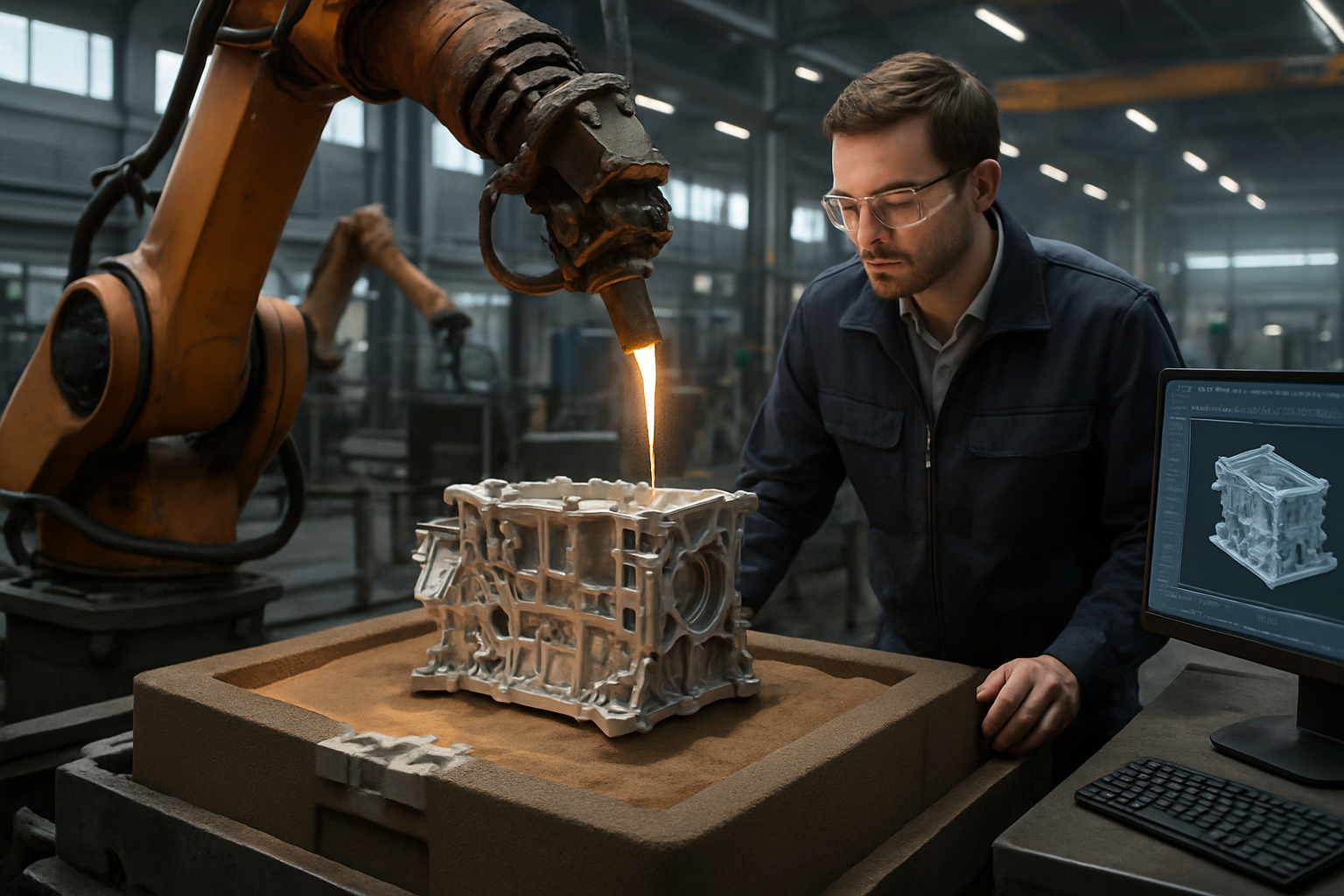Leveraging Constraint-Based Innovation in Manufacturing
Constraint-driven innovation is transforming the manufacturing landscape, challenging traditional paradigms and fostering unprecedented creativity. This approach turns limitations into catalysts for groundbreaking solutions, revolutionizing product development and operational processes across diverse industrial sectors.

The Genesis of Constraint-Based Innovation
Constraint-based innovation traces its roots to the early days of industrial problem-solving. However, it gained significant traction in the late 20th century as manufacturers faced mounting pressures to optimize resources and reduce waste. The concept draws inspiration from various disciplines, including engineering, design thinking, and lean manufacturing principles.
At its core, this approach challenges the notion that abundance of resources and freedom from constraints lead to the best outcomes. Instead, it posits that carefully defined limitations can spark creativity and lead to more efficient, elegant solutions. This counterintuitive thinking has led to remarkable breakthroughs in product design, manufacturing processes, and supply chain management.
Principles of Constraint-Driven Manufacturing
Constraint-based innovation in manufacturing operates on several key principles. First, it emphasizes the importance of clearly defining and understanding the constraints at play. These may include resource limitations, regulatory requirements, or market demands. Once identified, these constraints become the framework within which innovation must occur.
Secondly, this approach encourages cross-functional collaboration. By bringing together diverse perspectives from engineering, design, marketing, and operations, companies can leverage collective expertise to address challenges holistically. This collaborative spirit often leads to solutions that not only meet immediate needs but also create long-term value.
Lastly, constraint-driven innovation promotes iterative problem-solving. Rather than seeking perfect solutions from the outset, it encourages rapid prototyping and continuous refinement. This agile approach allows manufacturers to adapt quickly to changing constraints and market conditions.
Case Studies in Constraint-Based Manufacturing
Several leading manufacturers have successfully implemented constraint-based innovation strategies, yielding impressive results. One notable example is a European automotive company that faced stringent emissions regulations. Instead of viewing these constraints as obstacles, the company embraced them as innovation drivers. This led to the development of a revolutionary hybrid engine system that not only met regulatory requirements but also significantly improved fuel efficiency.
Another case study involves a consumer electronics manufacturer grappling with rising material costs. By applying constraint-based thinking, the company redesigned its product packaging to use fewer materials without compromising protection. This not only reduced costs but also enhanced the brand’s sustainability profile, resonating with environmentally conscious consumers.
Tools and Techniques for Implementing Constraint-Driven Innovation
Implementing constraint-based innovation requires a shift in mindset and the adoption of specific tools and techniques. One popular approach is the Theory of Constraints (TOC), which focuses on identifying and addressing the most significant limiting factor in a system. By systematically addressing these constraints, manufacturers can unlock new levels of productivity and innovation.
Design for Manufacturing and Assembly (DFMA) is another powerful tool in the constraint-driven innovation toolkit. This methodology encourages designers to consider manufacturing and assembly constraints from the earliest stages of product development, leading to more efficient and cost-effective designs.
Advanced simulation and modeling technologies also play a crucial role in constraint-based innovation. These tools allow manufacturers to explore various scenarios and constraints virtually, reducing the time and cost associated with physical prototyping.
Challenges and Considerations
While constraint-based innovation offers numerous benefits, it is not without challenges. One primary obstacle is overcoming the ingrained belief that more resources and fewer constraints lead to better outcomes. Shifting this mindset requires strong leadership and a culture that embraces creative problem-solving.
Another consideration is the need for balanced constraint definition. Too few constraints may not provide sufficient focus for innovation, while overly restrictive limitations can stifle creativity. Finding the right balance requires careful analysis and ongoing adjustment.
Lastly, implementing constraint-driven innovation often necessitates changes in organizational structure and processes. Companies must be prepared to invest in training, tools, and potentially restructure teams to fully leverage this approach.
Practical Insights for Implementing Constraint-Based Innovation
• Start small: Begin with pilot projects to demonstrate the value of constraint-driven innovation before scaling across the organization.
• Foster a culture of creativity: Encourage employees to view constraints as opportunities rather than obstacles.
• Invest in cross-functional training: Equip teams with the skills to collaborate effectively across departments.
• Leverage data analytics: Use advanced analytics to identify and prioritize constraints in your manufacturing processes.
• Embrace failure as a learning opportunity: Create a safe environment for experimentation and iteration.
• Regularly reassess constraints: As market conditions evolve, so too should the constraints that drive innovation.
In conclusion, constraint-based innovation represents a powerful paradigm shift in manufacturing. By embracing limitations as catalysts for creativity, companies can unlock new levels of efficiency, sustainability, and market competitiveness. As the industrial landscape continues to evolve, those who master the art of innovating within constraints will be well-positioned to lead their industries into the future.





